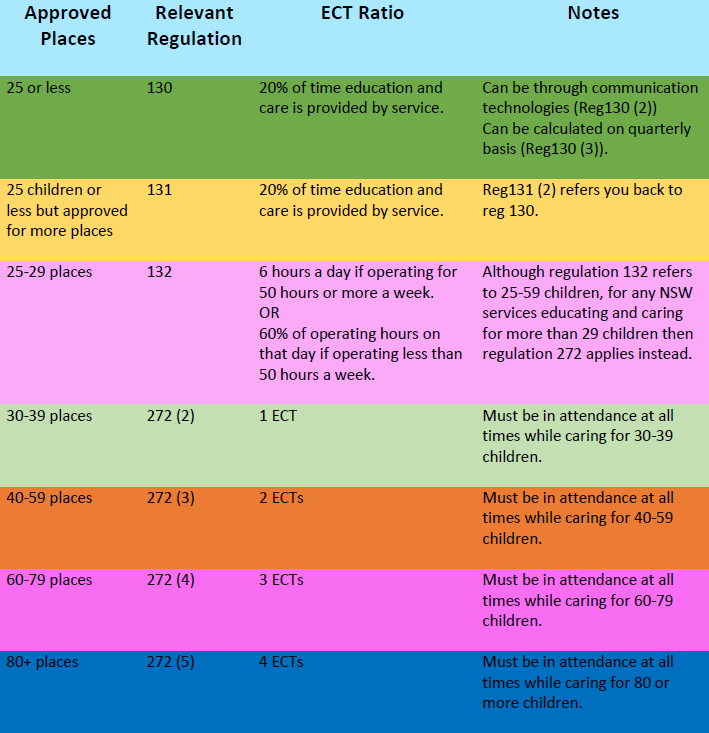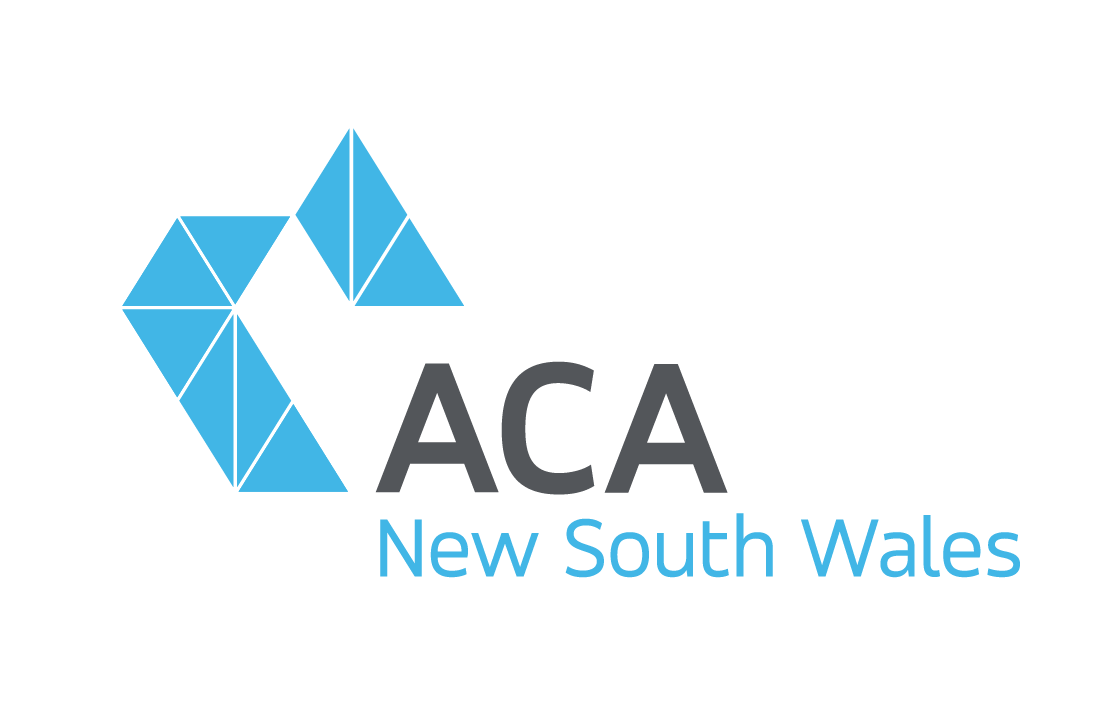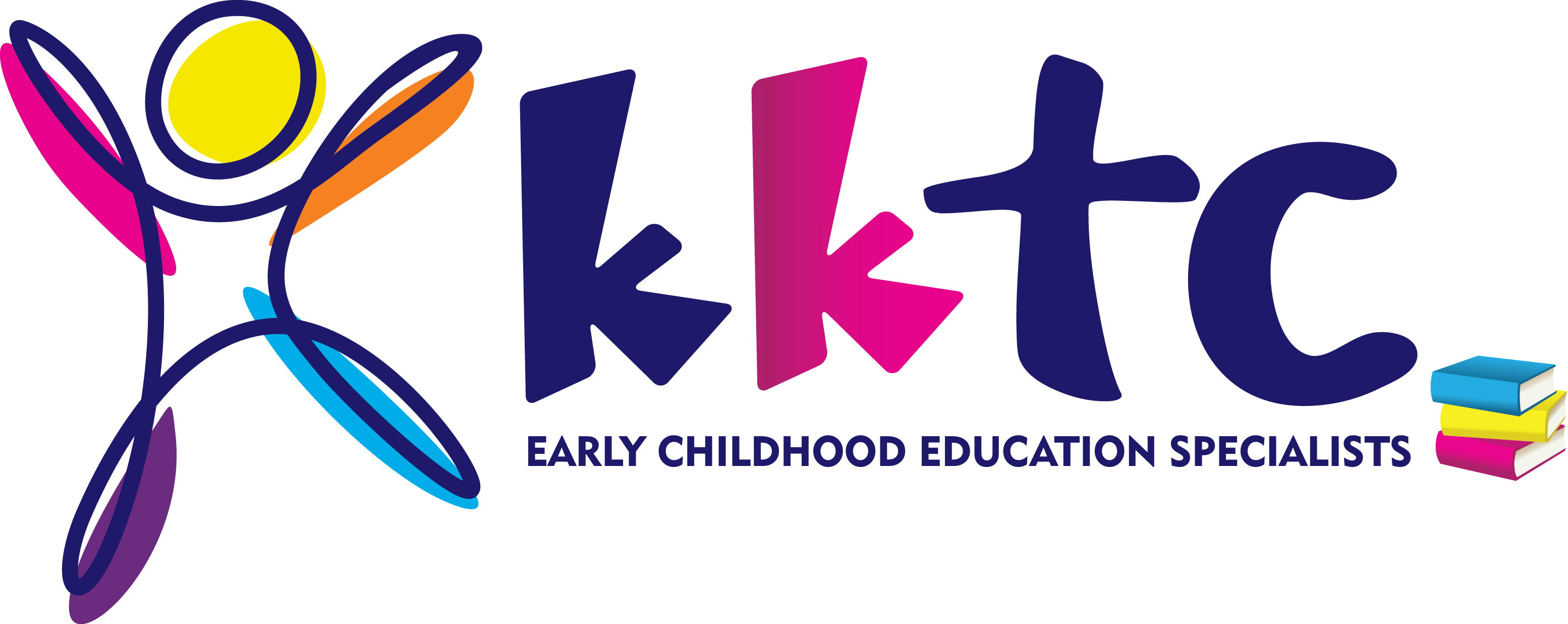
The ever-needed and in some cases, elusive quality Early Childhood Teachers (ECTs) have been a constant source of sleepless nights for many approved providers.
Such questions as:
- Where can I find good ECTs?
- How much do I have to pay my ECT?
- How do they progress to the next level?
- How do I calculate their level?
- What do I do if my ECT goes on annual leave?
- How much non-contact time does my ECT get?
- What are the ECT ratio requirements for my centre?
Let’s break these down and explore each question.
An ECT is covered by the Educational Services (Teachers) Award 2010. When calculating what level an ECT is on and how much they will be paid depends on a variety of information that you will need to obtain from the ECT.
Questions that need to be asked are:
- When did they graduate your ACECQA approved ECT degree?
- Were they 3 or 4 year trained?
- How long have they been working in the early childhood sector as an ECT?
- Have they worked full-time for that whole period?
*Please note for part-time work, you will need to use a part time level progression calculation as found in the Member Plus section of the ACA NSW website.
- Did they complete an ACECQA approved diploma?
- How many years did they hold their diploma and actively work in the early childhood sector prior to your ECT degree?
When you have acquired the above information, you can use this to accurately determine the ECT’s level and therefore their rate of pay.
- 3 year ECT degree = Level 1 starting point
- 4 year ECT degree = Level 3 starting point
- For every 3 years an ACECQA approved Diploma was held = 1 level
Once you have determined the starting point of your ECT and have taken into account any diploma years that they have been worked, you will then need to add a new level for every 12-month period of full-time work. Any annual leave, parental leave and/or leave without pay is not counted and they will not progress to the next level for these periods of time.
EXAMPLE:
An ECT, who has completed a 3 Year degree will start on a level 1
- increase to a level 2 if completed a diploma prior to degree (1 level for every 3 years)
- add 1 level for every 12months of full time work
- = Level 3
An ECT, who has completed a 4 Year degree will start on a level 3
- increase to a level 4 for diploma years (1 level for every 3 years)
- add 1 level for every 12months of full-time work
- = Level 5
For a summary of the levels and the payrates, log onto the ACA NSW website and download the Educational Services (Teachers) Award 2010 Pay Summaries.
www.nsw.childcarealliance.org.au/members/2018-2019-wage-tables
ECT entitlements are found in the Educational Services (Teachers) Award 2010 and the National Employment Standards. The award specifies how much non-contact time (programming time) an ECT is entitled to and what duties they must perform to get a minimum of 2 hours per week of non-contact time. The National Employment Standards impose the minimum obligations for all employees regardless of Awards.
Educational Services (Teachers) Award 2010
B.3.2 Non-contact time
An employee responsible for programming and planning for a group of children will be entitled to a minimum of two hours per week, during which the employee is not required to teach or supervise children or perform other duties directed by the employer, for the purpose of planning, preparing, researching and programming activities.
Similarly, you will find under clause 21.5 of the Children Services Award 2010 the information for non-contact time for the Children Services employees.
Approved providers regulatory obligations for degree trained staff and what to do if their staff are absent or taking annual leave have been a cause for confusion.
When you have children in your service, as an approved provider, you must ensure you are are meeting the ECT requirement applicable for your situation, at all times. If your ECT is away meaning you are not able to meet your ECT requirement, you must ensure you replace the ECT with an equally qualified person. This can be done through an agency, your own casual pool of employees or in the case of services caring for under 29 children, you can refer to Regulation 135 and use a person who holds an approved diploma or someone who holds a primary teaching qualification.
When it comes to ECT requirements in NSW, we follow Regulation 130-132 if educating and providing care for 29 children or less and New South Wales- Specific Provisions 272 when educating and caring for 30 children or more.








